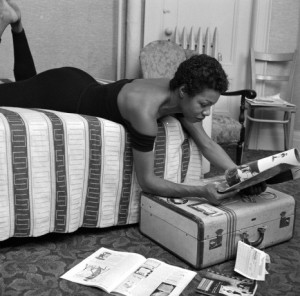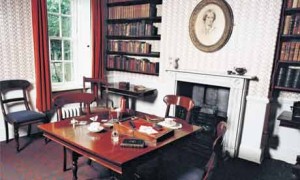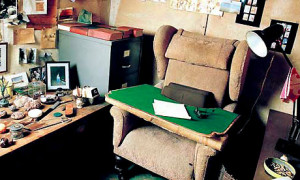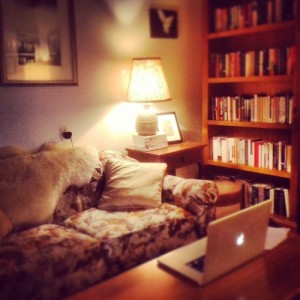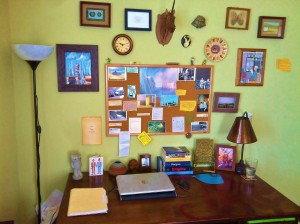Where do you work?
I write in what was a Finnish sauna in my backyard in Oregon. My husband and I converted it into my office but we end up calling it my writing hut. It smells like cedar and has just enough space for my desk and a couple of bookshelves. Because I have to go outside to get to my hut, it makes it feel like a third space—not work or home, really. It doesn't happen every time, but often my brain knows to click into writing mode as soon as I cross the lawn and open the door. It helps that it's so well insulated. Besides the squirrels running around on the roof, it's very quiet inside and makes reading things out loud feel like a performance. It's a dream.
What’s your view like?
Our backyard is kind of an orchard and so I can see our fig, apple and cherry trees from the window beside my desk. What I'm looking at most of the time, though, is a cedar-planked wall. I've got a bulletin board up there and I post quotes that inspire me, little fragments of ideas, to-do lists, art. It changes all the time.
The Woodshop slips into the workspaces and habits of writers of all stripes and styles. Joan Didion spent the night in the same room as her work when it was almost finished. Don DeLillo kept a picture of Borges close by. Stephen King advises us to “put your desk in the corner, and every time you sit down there to write, remind yourself why it isn't in the middle of the room. Life isn't a support system for art. It's the other way around.”
When, where, and how, do you work?
This glimpse into the writer’s life comes courtesy of writer and teacher Kristin Griffin.
What do you keep on your desk?
I like to keep my desk clean so there's not much besides some index cards (can never have too many of those...), a few Staedler pens and a photograph of my grandmother pretending to drive a car that wasn't hers. I wrote a novel loosely based on her life and it helped to see her face every day.
What do you eat/drink while you work?
Writing for me is all about frequent snacking so I'll usually have a glass of water or cup of tea nearby, plus a bowl of berries or dried fruit or those sea salt and turbinado sugar dark chocolate almonds from Trader Joe's.
Do you have any superstitions about your work?
I wouldn't call it a superstition, but I like to stop writing when I know what I need to do next. It doesn't always work out that way, but when it does it feels like a little present from my past self.
Share a recent line/sentence written in this space.
It was August when their father took them fishing for the last time.
About Kristin Griffin:
Kristin Griffin writes fiction and freelances as a food writer. Her short stories have appeared in places like Joyland and Bodega magazines, and she’s published food writing in Serious Eats, Paste Magazine, and Portland Monthly, among other publications. She is a two-time Pushcart Prize nominee.
Before making the switch to writing, Kristin worked in editorial at America’s Test Kitchen and Da Capo Lifelong Press, where she edited cookbooks. She’s received awards and recognition from the Key West Literary Seminar and the Summer Literary Seminars and was the inaugural recipient of the food-writer-in-residence scholarship at the Noepe Center for Literary Arts on Martha’s Vineyard.
She holds an MFA in fiction from Purdue and a BA in English from Connecticut College. Currently, she teaches writing at Oregon State University.
Tell CutBank about your workspace. Submit via email to cutbankonline@gmail.com
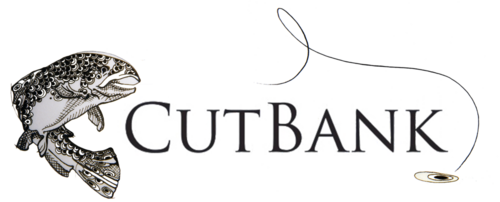


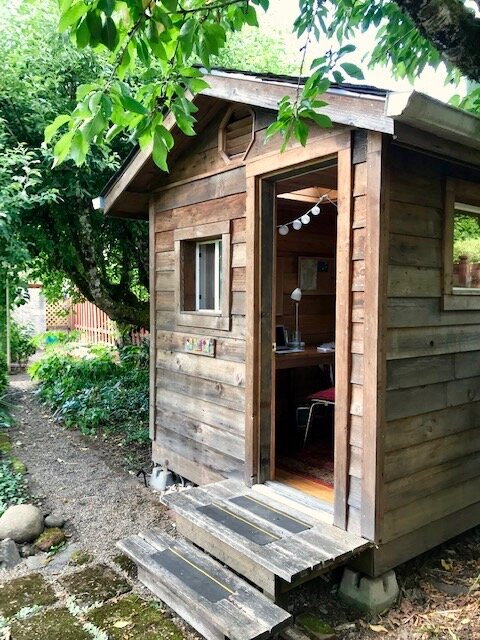















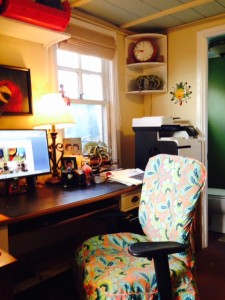 Where do you do your work?
Where do you do your work?
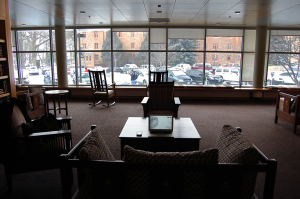 CutBank continues its online feature, The Woodshop, with this submission from Max Vande Vaarst. Review
CutBank continues its online feature, The Woodshop, with this submission from Max Vande Vaarst. Review